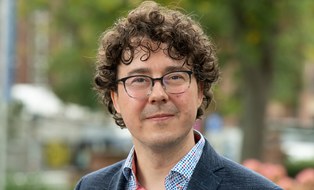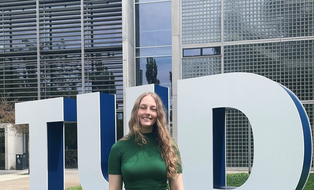SSF Model Benchmarking: Evaluation and optimization of the parameterization of interflow in hydrological models on the catchment scale
Funded by
DFG Research Units (Link)
Duration
2022 - 2026
Project description
Catchment-scale hydrological models represent fast subsurface flow processes in the unsaturated zone (subsurface stormflow, SSF) by different mathematical methods ranging from conceptual (linear storages) to simplified physically based approaches. Due to a lack of measured data, model parameters that control SSF dynamics are commonly found by calibration with observed river discharge. Consequently, there is a high chance of being right (well-simulated discharge) for the wrong reasons (unrealistic interplay of simulated SSF with simulated surface runoff, riparian zone, groundwater, etc.). How well SSF is simulated by the existing approaches remains an open question. All of the previous model intercomparison studies were performed at one site using only one hydrological model and a general lack of understanding of SSF processes has so far prohibited the systematic benchmarking and improvement of SSF routines in hydrological models at catchments with different climatic and hydrological characteristics. To address this knowledge gap on the reliability of SSF routines we will benchmark the ability of two lumped (TOPMODEL, HBV) and three more complex distributed hydrological models (NASIM, WaSiM-ETH) to simulate SSF dynamics at the catchment scale in each of the four study areas of the research unit. We will first use previous discharge observations to calibrate the models and identify the SSF relevant parameters by a systematic sensitivity analysis. After the first field campaigns of the research unit, the newly collected multivariate SSF proxies are used to improve the model calibration by a multi-objective approach, to quantify how well SSF is simulated by the different models and to reveal deficits in the implemented mathematical process representations. The improved models will then be used to explore relationships between SSF thresholds and catchment storage dynamics to contribute to an improved understanding of SSF processes at the catchment scale.
Contact person
 © TU Dresden
© TU Dresden
Head of Institute
NameProf. Dr. Andreas Hartmann
Professorship Groundwater Systems
Send encrypted email via the SecureMail portal (for TUD external users only).
Visiting address:
Neubau Chemie, Room E62 Bergstraße 66
01069 Dresden
Office hours:
by appointment
 © Tamara Leins
© Tamara Leins
Tamara Leins M.Sc.
Scientific staff
Send encrypted email via the SecureMail portal (for TUD external users only).
Visiting address:
Neubau Chemie, E59 Bergstraße 66
01069 Dresden
Office hours:
nach Vereinbarung
